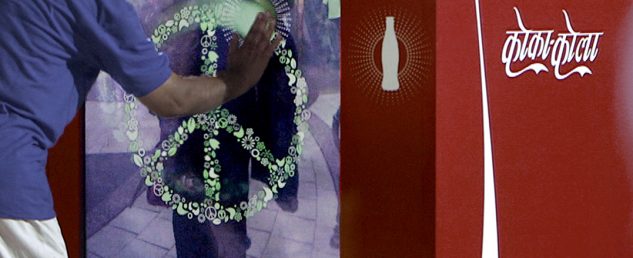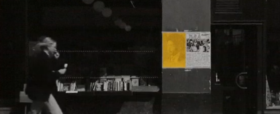La chronique de Mark Tungate: Connected by design
Once upon a time advertising agencies just made advertising. But in recent years they have also become R&D departments, laboratories and product developers.
For instance, who would have thought that an agency would help the dream of a hoverboard come true? (And we mean a real hoverboard, not one of those things with wheels.)
This film by the UK’s CHI & Partners for Lexus shows how magnetic magic made the hoverboard possible. The specially designed skate park was concrete over metal, so don’t get any ideas: it will be a while before the rest of us can skate on air.
The rise of connected objects – The Internet of Things – has also provided fertile terrain for creative minds. In fact, many agencies now employ “creative technologists” in-house.
Vending machines that interact with their users have become familiar fare at awards shows, especially after the success of Leo Burnett’s “Small World Machines” for Coca-Cola in 2013. The idea was that two separate vending machines – in India and Pakistan – were transformed into “portals” that allowed people in the divided nations to interact and find common ground.
But vending machines are bulky and, by definition, a little cold. Wearable technology is more fun. For a while now, agencies have been experimenting with “haptic” clothing that translates information into sensation. In this example, by Jung Von Matt for an orchestra in Hamburg, “The Sound Shirt” enables deaf people to experience the power of music.
Samsung, through its various agencies, has become a master of capturing the wizardry of technology – and expressing its ethos of devising tools that improve lives. Here’s a connected surfboard, powered by a smartphone, that gives the lone wolves of the ocean all the data and coaching tips they need to perform at maximum capacity. It’s a beautifully crafted film from Leo Burnett Tailor Made in São Paulo.
Such a board could potentially save lives. This next item definitely could: the “Helpmet”, from BBDO Proximity Thailand, a motorcycle helmet that detects head shocks and sends the location of fallen riders to emergency services.
Samsung (yes, them again) developed a similar device to protect rugby players from the effects of concussion – with the help of Leo Burnett in Australia, naturally.
Perhaps slightly less astonishing – although undoubtedly useful – is “The Screen Jacket”, devised by Ogilvy & Mather in Paris for Lenovo. In short, it’s a jacket that folds out into a screen, which means you can project images from your laptop no matter where you happen to be.
The most interesting thing about all these objects from an advertising point of view is that they are plot devices – inventions that drive stories. Alfred Hitchcock famously called such objects “McGuffins”. Stolen secrets, a mysterious suitcase, a hidden treasure: a way of getting the characters moving.
My point is that the vending machines and smart shirts are always the basis of good old-fashioned films, which then go on to touch far more people than the objects themselves. The technology is rendered impressive by the storytelling.



